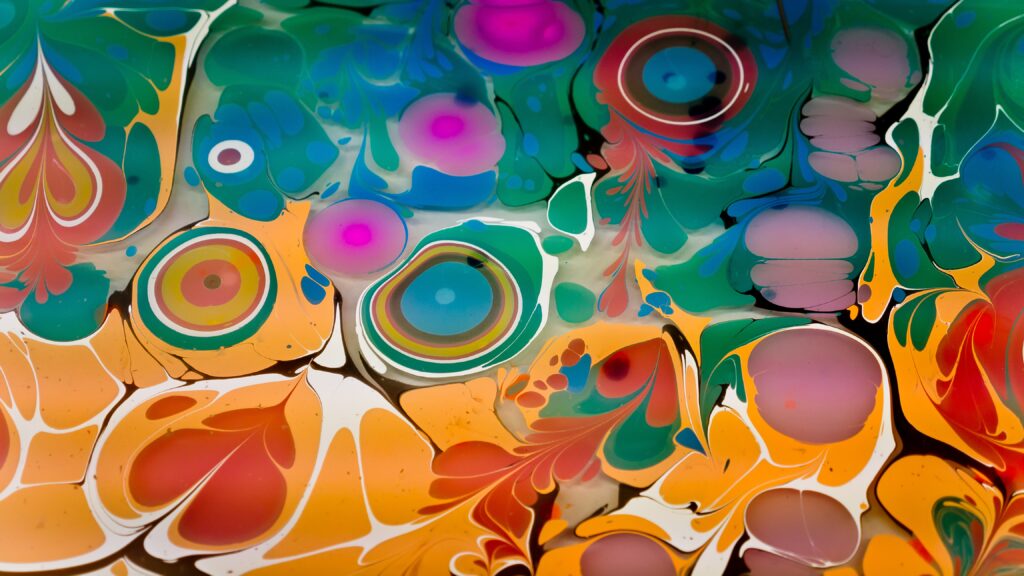Children’s early artistic learning: What do we need to know? What do we need to do?
Written By: Emese Hall


7 min read
Dr Emese Hall, Senior Lecturer in Art Education, University of Exeter, UK
Introduction
Children’s early artistic learning can be very interesting, but the term ‘development’ can be misleading as it might be seen to assume an unfolding of something that is bound to occur, and over which the individual has little control. For example, we often think of young children as inherently creative and uninhibited in their art-making – indeed, this perception inspired many twentieth-century European artists to try to emulate child-like qualities in their own artworks. However, nurture is as important as nature, and I argue that this point is equally relevant in formal and informal learning contexts.
This perspective piece covers the meaning of ‘art’ and its place in the Early Years curriculum; artistic expression; representations in different media; and the value of risk-taking. My writing is informed by my experience and knowledge as an educator, artist, researcher and parent of
Join us or sign in now to view the rest of this page
You're viewing this site as a guest, which only allows you to view a limited amount of content.
To view this page and get access to all our resources, join the Chartered College of Teaching (it's free for trainee teachers and half price for NQTs) or log in if you're already a member.
References
- Create TUBEity (2021) Beautiful Oops on World Read Aloud Day with author and illustrator Barney Saltzberg. Available at: www.youtube.com/watch?v=2MxfG6kcfEU (accessed 29 May 2022).
- Hall E (2020) My rocket: Young children’s identity construction through drawing. International Journal of Education and the Arts 21(28). Available at: http://doi.org/10.26209/ijea21n28 (accessed 20 October 2021).
- Hall E and Turner C (2021) Aesthoecology and its implications for art and design education: Examining the foundations. International Journal of Art and Design Education 40(4): 761–772.
- Kapanka T (1991) ‘The Little Boy’ by Helen E. Buckley (1961). Available at: www.youtube.com/watch?v=uh6r3LVxD6k (accessed 28 May 2022).
- Kids Read Aloud (2018) Beautiful Oops! by Barney Saltzberg. Available at: www.youtube.com/watch?v=_Wbj3Hux0jM (accessed 19 September 2021).
- Moll LC, Amanti C, Neff D et al. (1992) Funds of knowledge: Using a qualitative approach to connect homes and classrooms. Theory into Practice 31(2): 132–141.
- NSEAD (nd) National curriculum in England: Art and design programme of study: Key stage 1–3. DfE/NSEAD. Available at: www.nsead.org/files/72cad37f5dfb4caf5a7def2ab9f60dd6.pdf (accessed 15 October 2020).
- Saltzberg B (2010) Beautiful Oops! New York: Workman Publishing.
- Thomson P and Maloy L (2022) The benefits of Art, Craft and Design education in schools: A Rapid Evidence Review. University of Nottingham. Available at: www.nsead.org/files/6f85ab8587bc53ce653702da1cc15690.pdf (accessed 11 February 2022).
- Yelland N, Lee L, O’Rourke M et al. (2008) Rethinking Learning in Early Childhood Education. Maidenhead: Open University Press.
0
0
votes
Please Rate this content
Subscribe
Please login to comment
0 Comments
Inline Feedbacks
View all comments










